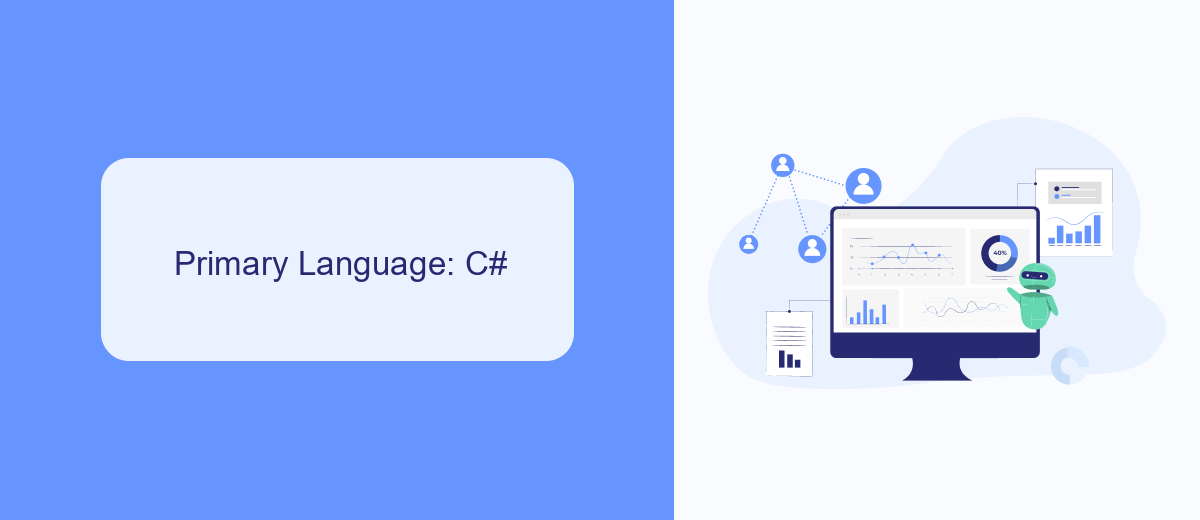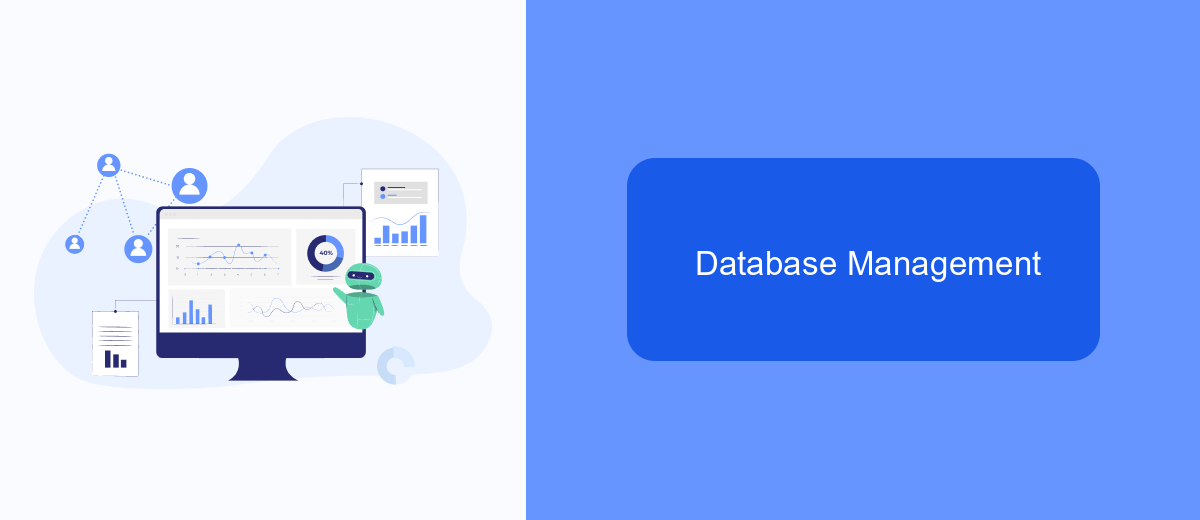UiPath is a leading platform in the field of Robotic Process Automation (RPA), enabling businesses to automate repetitive tasks efficiently. Understanding the programming languages behind UiPath can provide valuable insights for developers and enterprises looking to leverage its capabilities. This article explores the primary languages used to develop UiPath, shedding light on the technology that powers this innovative solution.
Introduction
UiPath is a leading Robotic Process Automation (RPA) tool that has revolutionized the way businesses automate their processes. Understanding the programming languages used in developing UiPath can provide insights into its capabilities and flexibility. This knowledge is particularly beneficial for developers and IT professionals who are looking to integrate UiPath into their existing systems or develop custom automation solutions.
- Key programming languages used in UiPath development
- How these languages contribute to UiPath's functionality
- Integration possibilities with other tools and services
Knowing the core languages behind UiPath helps in leveraging its full potential. For instance, integrating UiPath with other services such as SaveMyLeads can streamline data workflows and enhance automation efficiency. SaveMyLeads enables seamless data transfer between various platforms, making it easier to manage leads and customer information. This integration capability underscores the importance of understanding the underlying technologies that power UiPath.
Primary Language: C#

UiPath, a leading RPA (Robotic Process Automation) platform, primarily employs C# as its core programming language. The choice of C# is strategic, given its robust features, versatility, and strong integration capabilities within the Microsoft ecosystem. C# provides a solid foundation for developing complex automation workflows, enabling developers to create efficient and scalable solutions tailored to various business needs. This language's object-oriented nature allows for the creation of reusable components, which accelerates the development process and enhances maintainability.
Moreover, C#'s extensive library support and seamless integration with .NET frameworks make it an ideal choice for UiPath. These integrations allow UiPath to leverage a wide range of functionalities, from data manipulation to advanced machine learning algorithms. Additionally, for businesses looking to integrate UiPath with other services, platforms like SaveMyLeads offer a streamlined solution. SaveMyLeads facilitates the automation of data transfer between UiPath and various third-party applications, ensuring a smooth and efficient workflow. This capability underscores the flexibility and power of using C# in UiPath's architecture.
Secondary Languages

While UiPath primarily relies on .NET and C# for its core development, several other programming languages play a significant role in its ecosystem. These secondary languages contribute to various aspects of UiPath's functionality, including integration, scripting, and customization.
- VB.NET: Used extensively for scripting within UiPath Studio, enabling users to create custom activities and workflows.
- Python: Often utilized for advanced data manipulation, machine learning models, and integration with third-party applications.
- JavaScript: Employed in web automation tasks and for creating custom activities that interact with web-based applications.
- SQL: Essential for database interactions, allowing users to perform complex queries and data extractions.
These secondary languages enhance UiPath's versatility and enable seamless integration with various systems and applications. Services like SaveMyLeads further simplify the process by providing automated workflows and integrations, ensuring that businesses can connect UiPath with other platforms effortlessly.
Database Management

Database management is a critical aspect when working with UiPath, as it ensures the smooth handling and storage of data required for automation processes. UiPath supports various database systems like SQL Server, MySQL, and Oracle, allowing users to manage data efficiently.
Integrating UiPath with databases involves using activities such as "Connect," "Execute Query," and "Disconnect." These activities facilitate seamless interaction between UiPath and the database, enabling the retrieval, insertion, and updating of data.
- Connect: Establishes a connection to the database using connection strings.
- Execute Query: Executes SQL queries to manipulate data within the database.
- Disconnect: Closes the connection to the database to ensure security and resource management.
For enhanced database management, integrating UiPath with services like SaveMyLeads can be beneficial. SaveMyLeads automates the process of transferring data from various sources to your database, ensuring up-to-date information and reducing manual efforts. This integration can streamline workflows and improve overall efficiency in handling data.
Conclusion
In conclusion, UiPath is primarily developed using a combination of languages, including C# for its core components and .NET framework, which provides a robust and versatile foundation for automation. This choice of technology ensures that UiPath can efficiently handle complex automation tasks while maintaining high performance and reliability. The integration of various programming languages and frameworks also allows for flexibility and scalability, making UiPath a powerful tool for businesses of all sizes.
Moreover, leveraging services like SaveMyLeads can significantly enhance the capabilities of UiPath by simplifying the integration process with various third-party applications. SaveMyLeads offers a seamless way to connect UiPath with numerous platforms, enabling automated data transfers and workflows without the need for extensive coding. This not only saves time but also reduces the potential for errors, ensuring smoother operations and better overall efficiency. By combining UiPath's robust automation capabilities with the integration ease provided by SaveMyLeads, businesses can achieve a higher level of productivity and operational excellence.
FAQ
What language is UiPath written in?
Can I integrate UiPath with other software?
Is UiPath suitable for non-programmers?
How does UiPath handle updates and maintenance?
Can I automate web-based tasks with UiPath?
If you use Facebook Lead Ads, then you should know what it means to regularly download CSV files and transfer data to various support services. How many times a day do you check for new leads in your ad account? How often do you transfer data to a CRM system, task manager, email service or Google Sheets? Try using the SaveMyLeads online connector. This is a no-code tool with which anyone can set up integrations for Facebook. Spend just a few minutes and you will receive real-time notifications in the messenger about new leads. Another 5-10 minutes of work in SML, and the data from the FB advertising account will be automatically transferred to the CRM system or Email service. The SaveMyLeads system will do the routine work for you, and you will surely like it.
